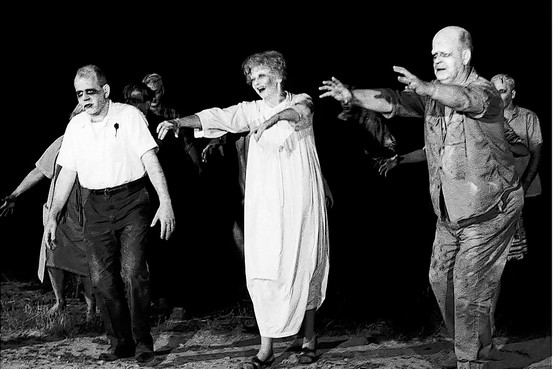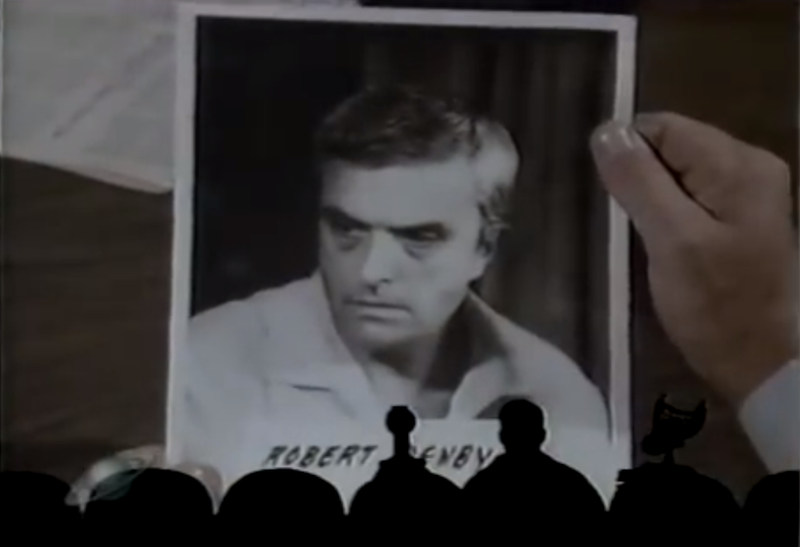9 Universal Tips for Describing Your Characters
 (Image credit: Leadershipcriteria Clipart)
(Image credit: Leadershipcriteria Clipart)
Character descriptions are one area where there’s no agreement on a single best approach. Everyone has different desires and expectations. Some writers paint vivid, exacting pictures of each character, down to eye and hair color. Some readers love this, and have trouble “seeing” the characters in their minds without those details. My approach, as a writer and reader, is the opposite. I prefer to describe only what’s vital to understanding the characters and plot. When I read, I form my own picture of the characters based on what they say and do, no matter what the narrator says. I’ll even think, That’s not what he looks like! when I hit a detail contradictory to my self-crafted image.
However you handle character description, accept now that someone won’t like it. They’ll ask why you didn’t provide the main character’s exact age or blood type, or say they glossed over your descriptions because they ran on too long.
Are there any approaches to character description we can all agree on? I’ll take a stab at offering some below:
1. Don’t ever use the mirror/reflection cliché. No bad wrong.
Having a point-of-view character study her/himself in a mirror or reflection screams, STOP HERE AND TOSS ME ATOP MOUNT REJECT. It’s tough, but you’ll be rewarded for being more creative than that.
Does your narration jump between multiple POV characters? If so, you can wait to describe this character until someone else is in control and interacting with her/him.
What if you only have one POV character, like in 1st person? Personally, I don’t worry about describing 1st person characters right away. At the beginning, I’m more concerned about getting you into her/his head and understanding how s/he thinks and operates. I’ll slip details in gradually, where it makes sense to do so. If s/he’s getting ready for a task, I’ll describe the equipment and gear s/he’s grabbing and putting on. If they have unkempt hair, maybe s/he smooths it back to read something. If s/he’s especially self-conscious or vain about some aspect of her/his appearance, that can also be leveraged to provide descriptive detail. If s/he doesn’t give a crap what s/he looks like, and never mentions it, that’s telling too!
2. Length constraints translate into description constraints.
In a short story, or any place where you face a word count constraint, you have to decide whether lengthy descriptions really serve your plot. I’ve yet to write a short story where anything hinged on a character’s appearance, so I tend to limit physical descriptions to a short, carefully chosen list of adjectives/verbs.
3. Genre also matters.
In romance or erotica, you’re probably free to go on and on, if it’s sexy enough; I have no idea. Sci-fi and fantasy need a lot of room to describe non-humans and non-Earth environments. Stories that take place on present-day Earth with regular humans have relatively less to establish, but there’s still plenty of opportunity to be creative.
4. Reserve your best and longest descriptions for the most important characters.
However much detail you prefer, be more generous with main characters and less generous with side-types (aka NPCs, for the nerds reading this). This doesn’t mean you can’t have colorful side characters, but color is easy to establish with a few adjectives/verbs.
5. Take the POV character into account, and provide the description s/he would provide.
Step into her/his head and try to see the other character through those eyes. Don’t just write up a dossier- tell us how the other character makes the POV character feel, how s/he reacts to what s/he observes. Remember that we all see the same people in different ways. A warrior at a tavern might think the resident serving wench is cute and wonderful to talk to, while his cleric companion finds the same wench grating and manipulative.
 No love for clerics until these show up. *sigh*
No love for clerics until these show up. *sigh*
Descriptive metaphors are also lovely for implying things about the character- for example, “He darted in with the speed of a viper” is not a phrase I’d use for a sweet, compassionate character- but don’t put fancy expressions in a POV character’s head/mouth if they don’t belong there.
6. There’s no need to dump out description all at once.
A big paragraph of descriptive detail will be slow-paced. Fine if that’s what you’re going for, but most of the time, you’re better served spacing out details so as not to hold up the story. For instance, your POV character might notice a short man behind a store counter. Then, as they strike up a conversation, s/he notices the store owner’s rancid breath.
In a fast-paced scene, tons of detail slams the brakes on your narrative. To keep things fast, describe only what’s necessary to understanding the action, then elaborate more when the excitement’s over.
7. Provide more than physical appearance.
There are so many other things you can tell us about: voice, quirks, mannerisms, body language, etc. Compare “She had blond hair” to “She twirled a lock of blond hair around her index finger, winding it tight as a spring.” Now the reader potentially sees someone who’s thoughtful, flirtatious, a ditz- or perhaps pretending to be one of the three. The words and actions you give her, and how the POV character interprets them, will help the reader decide for her/himself.
You can even do character description entirely with verbs, and no physical details whatsoever. Readers will form different mental pictures of someone who flinches, wilts, and murmurs versus someone who barges in, towers, and yells.
Draw special attention to things that are outside the norm in your setting, or that are especially important to understanding that character.
8. Don’t TELL what you can easily SHOW.
My own preference maybe, but I get annoyed at scenes where Character A and Character B talk about as-yet-unmet Character C, only to info-dump about C. “He’s the most badass renegade ever! He’s so elusive! Yes, but we need his help!”
Is that really necessary? I’d rather see C (hah) being an elusive renegade through his deeds.
…you know, if we see him. ‘Cause he’s elusive, and stuff.
 Kindly watch this amazing MST3K episode after you’re done here so I’m not wallowing alone in the comprehension of a torturous reference.
Kindly watch this amazing MST3K episode after you’re done here so I’m not wallowing alone in the comprehension of a torturous reference.
9. Place more emphasis on details that have plot implications.
If the plot never hinges on the fact that the main character has blue eyes, it’s fair to leave out eye color. If, however, blue-eyed people are considered demigods in this world, it becomes staggeringly important.
Again, this is open to debate. Go with what works for you, and what your readers expect, but hopefully the tips above lead you to more inventive, memorable character descriptions.
Do you agree or disagree with anything above? Have your own can’t-miss tips for describing characters? Feel free to comment and let me know!